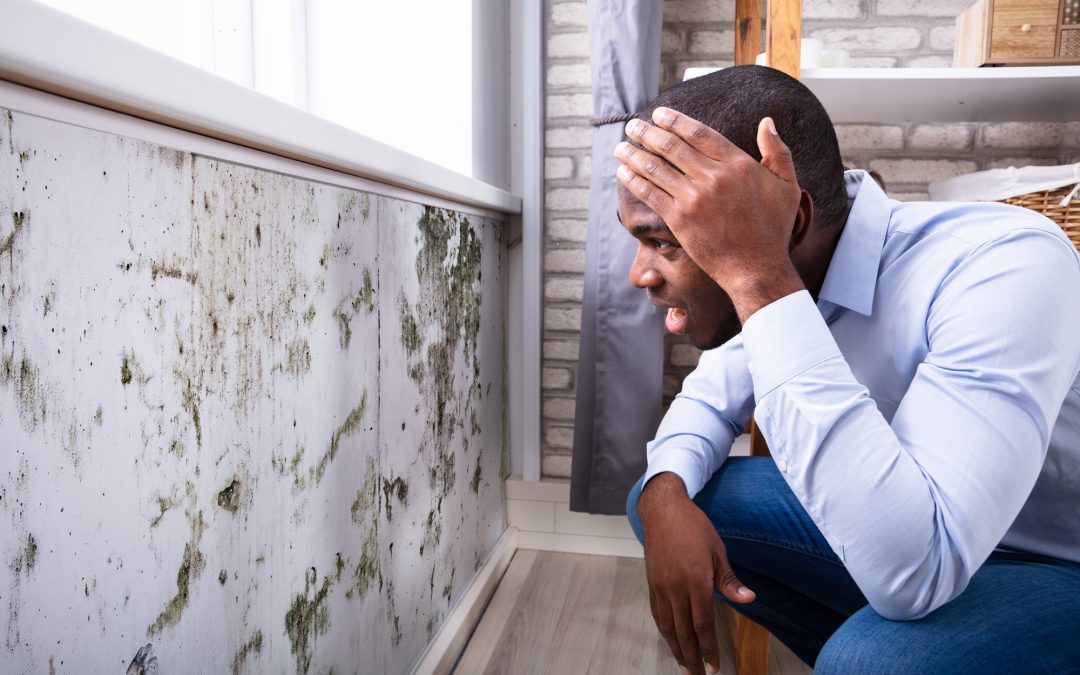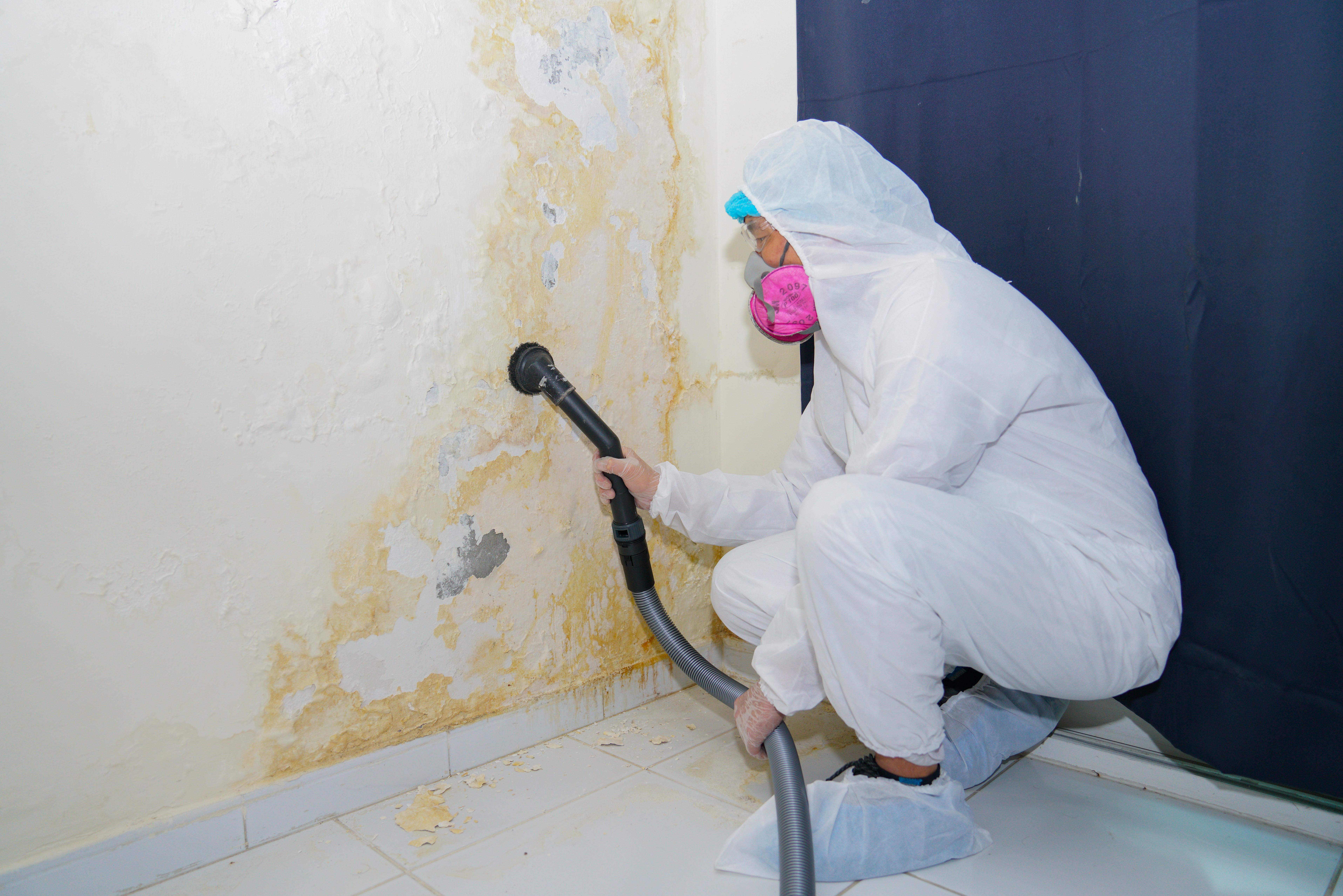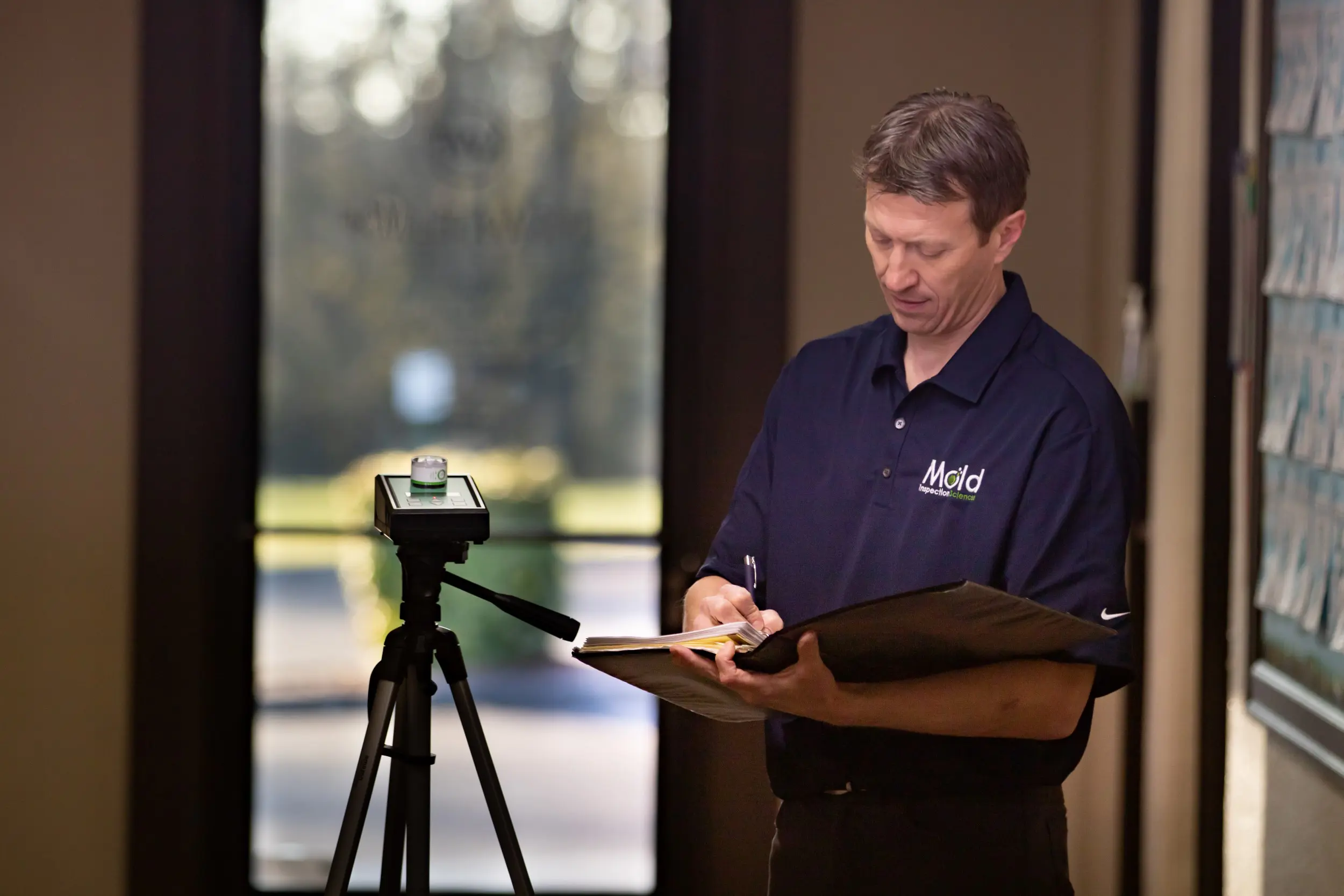Your Ultimate Overview to Article Mold Remediation Methods
Browsing the world of post-mold remediation techniques is a careful procedure that requires interest to detail and an extensive understanding of the intricacies entailed. In the after-effects of mold invasion, understanding how to effectively eradicate the mold and stop its reoccurrence is vital for keeping a healthy and balanced indoor atmosphere. From selecting the appropriate cleaning and disinfecting methods to applying methods for long-term mold and mildew avoidance, each action in the remediation trip plays a crucial role in guaranteeing an effective result. As we embark on this exploration of post-mold removal methods, we will certainly discover the key methods and finest techniques that can help you recover your room to its pre-mold problem and safeguard it versus future mold risks.
Recognizing Post-Mold Removal Process
After finishing the mold remediation procedure, it is critical to understand the post-mold remediation techniques that are essential to make sure a thorough and effective cleaning. When the mold and mildew has been removed, the following step involves cleansing and decontaminating the influenced locations to protect against any kind of regrowth of mold and mildew. This includes utilizing specialized cleaning up agents to clean down surface areas and eliminate any type of remaining mold spores. It is necessary to dry out the location totally to dissuade the growth of mold and mildew in the future (Post Remediation verification). Proper air flow and dehumidification can help in this process.
Moreover, conducting a final examination post-remediation is essential to make certain that all mold has been successfully gotten rid of. This evaluation needs to involve a thorough aesthetic check as well as potentially air tasting to confirm the absence of mold and mildew spores in the air. If the examination reveals any kind of remaining mold and mildew, additional remediation may be essential. Educating owners on precautionary actions such as managing wetness degrees and quickly addressing any water leaks can help maintain a mold-free atmosphere.
Effective Cleansing and Decontaminating Approaches

Preventing Future Mold And Mildew Development

Significance of Proper Air Flow
Appropriate air flow plays an important function in preventing dampness build-up, a vital variable in mold development within indoor environments. Effective ventilation systems assist remove excess moisture from the air, decreasing the possibilities of mold spores locating the wetness they require to spread out and germinate. Without ample ventilation, interior areas can become a breeding ground for mold and mildew, causing potential health and wellness risks and architectural damage.
By making certain proper air blood circulation, air flow systems can also assist in drying damp locations quicker after water damage or flooding cases, further preventing mold and mildew development. Post Mold Remediation. In areas like washrooms, basements, kitchen areas, and attic rooms where dampness levels have a tendency to be greater, installing and maintaining effective ventilation systems is crucial in stopping mold and mildew problems

Monitoring and Upkeep Tips
Provided the critical function that proper air flow plays in stopping mold growth, it is necessary to establish effective surveillance and maintenance suggestions to guarantee the continued capability of ventilation systems. Normal assessments of ventilation systems should be performed to look for any kind of indications of blockages, leakages, or malfunctions that can hamper proper airflow. Surveillance humidity degrees within the property is likewise essential, as high humidity can add to mold development. Installing a hygrometer can remove mold diy assist track humidity degrees and alert house owners to any spikes that may call for interest. Additionally, making sure that air filters are frequently cleansed or replaced is crucial for keeping the efficiency of the ventilation system. Applying a schedule for routine upkeep tasks, such as air duct cleansing and a/c system examinations, can help protect against problems try these out prior to they escalate. By staying positive and conscientious to the condition of ventilation systems, homeowner can properly reduce the danger of mold and mildew regrowth and keep a healthy indoor setting.
Final Thought
In final thought, post-mold remediation strategies are crucial for ensuring a risk-free and clean environment. Understanding the procedure, applying efficient cleaning and decontaminating approaches, preventing future mold growth, keeping appropriate ventilation, and normal monitoring are all important action in the removal process. By following these standards, you can efficiently remove mold and stop its return, promoting a healthy and balanced living or functioning area for all occupants.
In the results of mold and mildew problem, understanding just how to successfully eradicate the mold and mildew and avoid its reoccurrence is critical for keeping a healthy interior environment. As soon as the mold and mildew has been eliminated, the next action involves cleaning and sanitizing the affected areas to protect against any regrowth of mold and mildew - Post Mold Remediation Report. After removing noticeable mold and mildew growth, it is vital to Web Site cleanse all surface areas in the affected area to remove any kind of remaining mold spores. To further boost mold and mildew prevention steps, it is crucial to address underlying concerns that initially led to mold and mildew growth.Offered the vital function that correct ventilation plays in avoiding mold growth, it is important to develop effective monitoring and maintenance suggestions to guarantee the ongoing performance of ventilation systems
Comments on “Testing Air Quality After Mold Remediation”